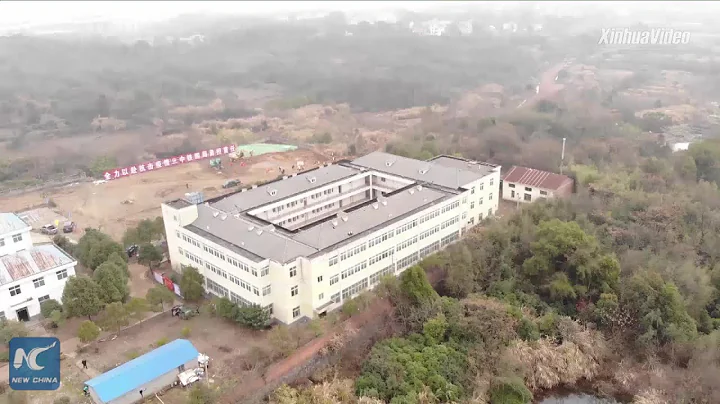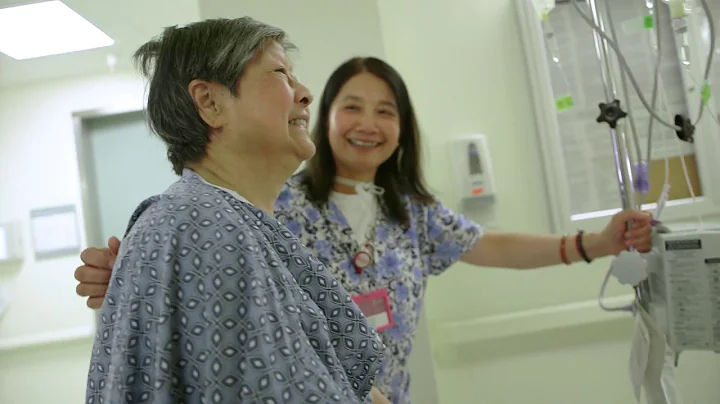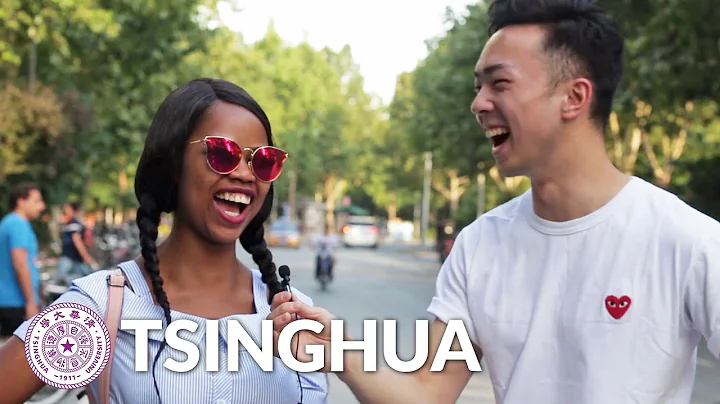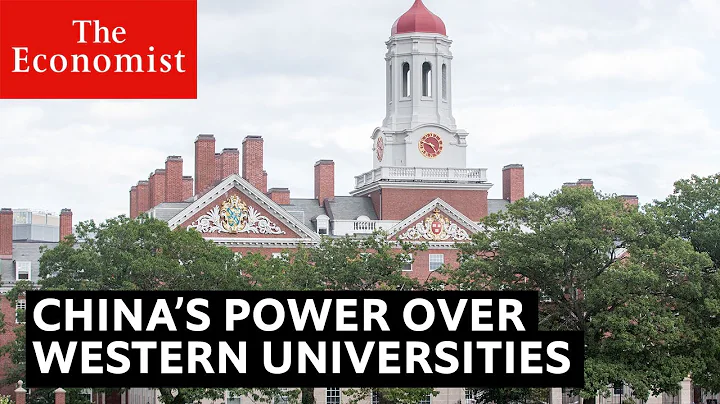

On July 27, 1877, French Catholic priest Dong Ruowang opened a clinic in Jiujiang .
Location: | ml6 H2 | Category: | Medical Health |

Jiujiang Holy Taste Zengjue Hospital Source: "Jiujiang Old Photos"
on July 27, 1877, French Catholic priest Dong Ruowang founded the first Western Hospital of Jiangxi Province in Jiujiang Province ——St. Weizengjue Hospital. The hospital is the predecessor of today's Jiujiang Second People's Hospital.
Source: Jiujiang City Chronicles

Father Dong Ruowang first opened not a hospital, but a clinic in Jiujiang British Concession. Since then, Western medicine has set foot on the land of Jiangxi. Later, the clinic was renamed "Shengweizengjue Hospital", and it became the first Western hospital in Jiangxi Province. Nearly 20 years later, two ladies, Shi Meiyu and Kang Cheng, who had returned from medical studies in the United States, started practicing medicine in Jiujiang Fucheng outside the concession, and later opened Danford Hospital (the predecessor of Jiujiang Maternal and Child Health Hospital, see " May 1st · The Legend of Beautiful Jade - Gathering and Dispersing Gemini"). Twenty-six years after Western medicine entered Jiangxi, Nanchang had its first Western hospital.

St. Vincent de Paul Source: famvin.org
The name of "St Vincent" is quite strange. It was caused by translation in the classical Chinese era. "St" is a saint who was posthumously honored by the Catholic Church. "Vincent" is now mostly translated as "Vincent" or "Vincent", such as Vincent Van Gogh. "San Vicente de Paúl" (San Vicente de Paúl) was a French priest born in the 16th century. He founded the Missionary Society, which preached evangelism, and the Society of Charity, which trained nuns. The latter sent nuns to hospitals, orphanages, Working in nursing homes and other institutions was the first time for nuns to enter the society.
The Missionary Church was one of the four major Catholic religious orders that entered China in the late Qing Dynasty. Because it focused on sending evangelists to poor people in the countryside and actively engaged in charity, it became the first church to open a hospital in Jiangxi. The funds for the Jiujiang "St. Weizengjue Hospital" are allocated by the Shanghai Benevolence Association, and the administrative rights are directly vested in Shanghai. The early hospital was very small, with only three wards. In 1881, French priest Tao Wenshan added three more rooms to the original structure, slightly increasing the scale. In the same year, it was renamed "Catholic Hospital". Because it is run by the French Church, Jiujiang people are more accustomed to calling it the "French Hospital". On October 27, 1882, Shanghai Charity Society sent several French nuns to Jiujiang to take charge of hospital affairs, and the scale of the hospital gradually expanded.

Old photos of Catholic Church Hospital Source: Zhang Ting
In the first 10 years, the hospital only provided clinics, nursing homes, and male orphanages. Later, it gradually added free wards, a home for the disabled, and once established a "conservative" school. In 1919, the Shanghai Charity Association allocated additional funds to renovate the hospital buildings and expand operations. The expanded hospital covered an area of 2,285 square meters and a construction area of 3,778 square meters. The hospital also added a first-class ward (known as the "foreign hospital") to treat wealthy patients.
Mission is an important purpose of the church's opening of hospitals. The Catholic Church Hospital provides free treatment to poor patients who have a relationship with the Catholic Church. If there is a critically ill patient, the sister will preach the gospel of Christ. When the patient is dying, the priest will perform the last rites or the sister will do it on his behalf. If the patient can recover, he will become a believer. The hospital regularly sends medical staff to the suburbs for treatment, and also delivers simple medical equipment and a small amount of medicines to patients' homes for free. If they encounter critical patients temporarily, they will be taken to the hospital for treatment. In this way, it is easier for patients and their families to accept the gospel of Christ and be baptized.

The French church opposite the Catholic Church Hospital Source: "Old Photos of Jiujiang"
In addition to practicing medicine and treating diseases, the hospital also adopted a group of helpless male elderly people. By the early days of Jiujiang's liberation, it had adopted 83 elderly people. Do your best to work in order to support yourself.In addition to its own operating income, the hospital's funding sources also include subsidies issued by the Shanghai Benevolence Association.
In 1937, the hospital had 72 beds, outpatient departments, wards, pharmacies, medicine warehouses, laundry rooms, kitchens, nursing homes, free schools, etc. In 1941, an operating room was set up to perform operations such as hernia repair. In 1945, appendectomies were performed. In 1946, caesarean sections were performed. The Department of Internal Medicine set up a pulmonary clinic to treat tuberculosis using artificial pneumoperitoneum.
During the Anti-Japanese War, the hospital site was occupied by the Japanese army. The Japanese army set up "Tongren Hospital" here to treat wounded Japanese soldiers. The Catholic Church Hospital itself was forced to move into the Mercy Hall in Jiujiang City to continue to treat patients. After the victory of the Anti-Japanese War, the Catholic Church Hospital moved back to its original location.

Old photos of the Catholic Church Hospital, circa the 1970s. Source unknown.
The presidents of the hospital were all foreign faculty members. There were eight presidents in total, from France, the United Kingdom and Italy. The first president was Ma Shaoti, an Englishman. , the last president was Frenchman Gao Guangming (1947-1951).
After the founding of New China, on November 3, 1951, the Catholic Church Hospital was taken over by the People's Government and renamed Jiujiang Municipal Hospital. At that time, there were 140 hospital beds and 89 staff, including 18 health technicians. In June 1952, Jiujiang Second People's Hospital was established.

Catholic Hospital Prescription Notes Collector: Zhang Ting
Many historical materials claim that after liberation, these missionary hospitals in Jiujiang got rid of the control of the church and "returned to the embrace of the people." In fact, this is not the case. Social development and system changes always have to go through a process, especially medical and health institutions, which cannot immediately transform old wine in new bottles into new wine in new bottles. For example, the prescription note in the picture above was still using the name "Catholic Church Hospital" in 1952, although it had been renamed Jiujiang Municipal Hospital.
In addition, the hospital is the property of the church. Although the people's government took over the hospital, it still had to pay rent to the church. It was not until Jiujiang's housing reform in 1958 that all the assets of Jiujiang Second Hospital were owned by the government. The picture below shows the rental receipt paid by the hospital to Jiujiang Catholic Church.

Rent receipts paid by the hospital to the church. Collector: Zhang Ting
From the middle of the Republic of China to around 2000, the Second Hospital has always been the second largest general hospital in Jiujiang City. In the late 1990s, the Second Hospital ranked second in size among hospitals in the city, with a total number of employees of about 80% of the First People's Hospital (the number of beds was slightly lower than that of the Maternal and Child Health Hospital).
As it is located in the city center and next to the ship pier, not far from the old train station, the Second Hospital is the most convenient medical and health institution in the city for citizens and tourists to seek medical treatment. By the 1990s, the Affiliated Hospital of Jiujiang Medical College was developing and growing step by step, while the Second Hospital gradually fell behind. The advantage of this hospital built in the concession has also become its biggest disadvantage: in the overcrowded old city, there is no room for expansion. With the decline of Yangtze River shipping and the relocation of railway stations, the value of its location has declined.
On November 8, 1995, the Affiliated Hospital and the Second Hospital merged. This merger was a good thing for both parties, but the history of the Second Hospital ended here. It became the West Branch of the Affiliated Hospital of Jiujiang Medical College and was later transformed into the West Branch of the Affiliated Hospital of Jiujiang University.

Jiujiang University Affiliated Hospital West Hospital Picture source: Jiujiang University Affiliated Hospital official website
In recent years, with the increase in urban population density and the popularity of family cars, the problem of insufficient reception capacity of the West Hospital has become increasingly prominent. It is obvious that this A fatal problem that is almost impossible to solve. In 2020, the municipal government launched the Yangjie construction project to clean up the units and buildings in the original concession, including the West Courtyard. The West Hospital first stopped its outpatient services and only retained some diagnostic and treatment items that were difficult to relocate, such as the radiology department. After the completion of the Second Hospital of Jiujiang University Affiliated Hospital (Shili New Campus), the West Hospital will cease all medical services by the end of 2022. What to do with these buildings after that, I don’t know.
It should be noted that although in the photo of the west courtyard above, the exterior wall of the building is quite Western-style, and there are even foreign words and dates hanging on the door, in fact these are all fake. In the early years, French hospitals had brick and wood structures. In the 1950s, the old ones were demolished and new ones built. In the 1980s, a second demolition and new construction was carried out. The current West Branch of Jiujiang University Affiliated Hospital has no brick-and-mortar relationship with Shengweizengjue. It can be said that the first Western Hospital in Jiangxi Province ended its historical life as early as 1958.
leaves a hole to be filled in later. The founder of St. Vincent Hospital is French Catholic priest Dong Ruowang (he is not the president). The author has not yet investigated the history of this priest. Among the European priests active in China from the late Qing Dynasty to the Republic of China, there was more than one named Dong Ruowang. Dong Ruowang, who ran a hospital in Jiujiang, probably died in the Nanchang Mission Case in 1906. It is said that Dong Ruowang Hospital in Wenzhou City (now Wenzhou Third People's Hospital in Wenzhou City) was named in honor of him.

Dong Ruowang, the founder of Shengwei Zengjue Hospital, photographed in Zhengding Prefecture, Hebei Province in 1899 (reliability is uncertain)
Due to the heavy workload of the author’s daily writing and data review, there is no time to detail the Nanchang missionary records and the historical data of the modern church in China. Check, not to mention that historical materials related to the church must also be checked on foreign language websites to determine the reliability of the source. The story about Father Dong Ruowang can only be left to the future. If you know anything about him, please leave a message, thank you!

"Today in the History of Jiujiang" is a series of short articles introducing local history. Each article selects an event that occurred on that day or month that has clear historical records, and is accompanied by related photos, news pictures, literature and books and other image materials, and also Make appropriate comments on the cause and impact of the incident. Due to the limited level of the author and incomplete information, there must be fallacies and inappropriate selections. I sincerely ask for criticism and correction.





















